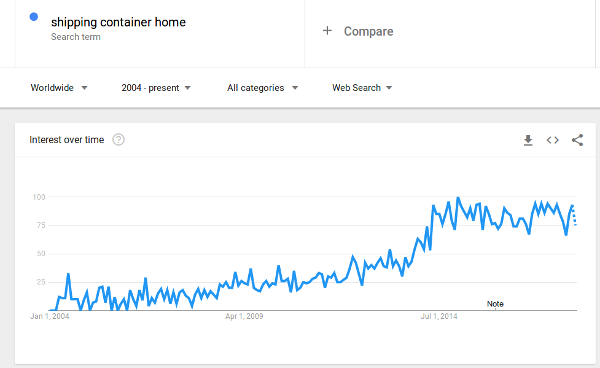Month: March 2018
-
Ad Targeting Allows Racial Discrimination in Housing Advertisements
Facebook is being sued by a prominent civil rights group for alleged discrimination in advertising. The plaintiffs say Facebook allowed landlords to exclude women and people with children from seeing housing ads. Source: No women or families: Facebook sued over ‘insidious’ housing ads — RT US News
-
About that shocking video of hundreds of homeless people in Orange County
People need to be ready to be stunned by what they see.
-

Letter to Garcetti about Shipping Container Homes
Mr. Mayor: Thank you for finally doing something to help house the homeless people around the Plaza. It’s gone out of control, with rents rising, and whatnot. People don’t think it’s a big deal to live out of a tent or their car, anymore. That’s where we’re at, as a city and country, and I…
-
Your own Twitter virtual troll army
I need to assemble one of these: How A Twitter Fight Over Bernie Sanders Revealed A Network Of Fake Accounts She had a virtual army of trolls. She got some real accounts, and probably made a lot more, and then used Buffer to control them. Meanwhile, the Bernie side was like the opposite. We’d call…
-

Slumlord Roger stealing from the neighborhood
I’ll have to schedule to call this guy. Not fixing simple things, and raising rents. Which reminds me. I have a load of stuff to fix 🙁